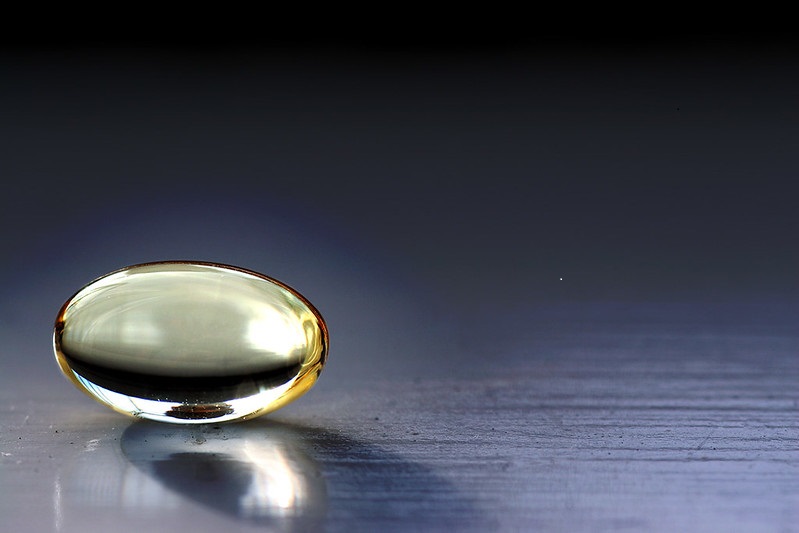The existence of vitamin E was first uncovered in 1920, but Agnes Fay Morgan and her colleagues at the University of California at Berkeley are credited with the 1937 discovery of vitamin E’s special role in the body.
While myriad studies have shown the promise of other natural herbs and supplements, the case for vitamin E has been unusually and irrefutably strong.
One after another, in study after study, the results consistently showed that taking alpha tocopherols, a special form of vitamin E, caused a clear improvement in the reduction of cardiovascular problems. An astonishing series of studies that used enormous numbers of health professionals themselves as the subjects has convinced mainstream doctors that vitamin E counts. It is, in a country [US] where heart disease is ubiquitous, a treatment even the doctors could not do without.
- The vitamin reduced the risk of cardiovascular disease by an astonishing 47 per cent, according to the most famous study of vitamin E, called CHAOS [Cambridge-Harvard Anti-Oxidant Study]
- Vitamin E was clearly linked to a reduced risk of heart disease, according to a study reported in the New England Journal of Medicine of thirty-nine thousand male health professionals
- The higher your vitamin E intake, the lower your risk of coronary heart disease, according to a study of thirty-four thousand post-menopausal nurses.
The fact that a natural therapy has finally been embraced by physicians everywhere is a huge step for both nutritional and modern medicine. And, as it turns out, vitamin E may be the ideal heart protector — but that’s not all. It also is a powerful antioxidant, and it may even be a kind of fountain of youth.
Vitamin E’s claim to fame may be its heart-saving abilities, but it can be used to help prevent other significant health problems. Not only can it boost the immune system, inhibit cancer cell growth, and reduce the damage associated with diabetes, but research suggests that vitamin E can be used to halt brain deterioration caused by Alzheimer’s disease. Some conditions vitamin E can help treat, or reverse, are as follows.
Heart. Vitamin E’s most promising quality is in preserving or restoring the health of the heart. Not only does this vitamin ward off myocardial infarctions, coronary artery disease, and coronary heart disease, it can increase the survival rate of patients undergoing bypass surgery and is implicated in decreasing angina and coronary spasm.
Diabetes. Free radical damage can cause long-term chronic conditions, such as diabetes. A study shows that vitamin E may be helpful in reducing this diabetic damage by reducing protein kinase C, which is activated by sugar and can form harmful oxidative by-products. In addition, retinal damage is common in people with diabetes, and vitamin E has been shown to alleviate this as well.
Alzheimer’s disease. Exciting research indicates that vitamin E may also be used to prevent the deterioration of neurons involved with Alzheimer’s. A study sponsored by the National Institute on Aging showed that the progressive dementia associated with the disease can be slowed by at least six months with high doses of vitamin E.
Cancer. A Tokyo study found that tocotrienols, which are vitamin E-related compounds, inhibited tumour cell growth in vitro. Tocotrienols have also been shown to be particularly effective against breast cancer and are a recommended therapy adjunctive to tamoxifen, the most popular breast cancer drug, according to a study in the Journal of Nutrition. Tocotrienols may also protect against skin cancer; according to a study in Experimental Biology, these cousins of vitamin E tend to be stored in the skin and protect against ultraviolet radiation. Yet another study in the International Journal of Cancer found that gamma and delta-tocotrienols strongly inhibited the growth of tumours.
Cholesterol. Vitamin E has been shown to lower blood levels of this artery-clogging substance. When tocotrienols were taken together with tocopherols [vitamin E], ‘bad’ LDL cholesterol, triglycerides, and total cholesterol decreased in the body. A study in the Journal of Nutritional Biochemistry found that twelve weeks of tocotrienols lowered blood cholesterol. A study in Lipids reported similar results: changing to a diet recommended by the American Heart Association and taking 200mg of gamma-tocotrienol for four weeks decreased cholesterol levels by 13 per cent.
Organ rejection. A study on heart transplants in the journal Transplant showed that vitamin E significantly reduced the risk of organ rejection.
Immune function. Vitamin E can, especially in the elderly, enhance immune response. A study in the American Journal of Clinical Nutrition showed that vitamin E boosted white blood cell counts and reduced lipid peroxide free radicals in older patients.

